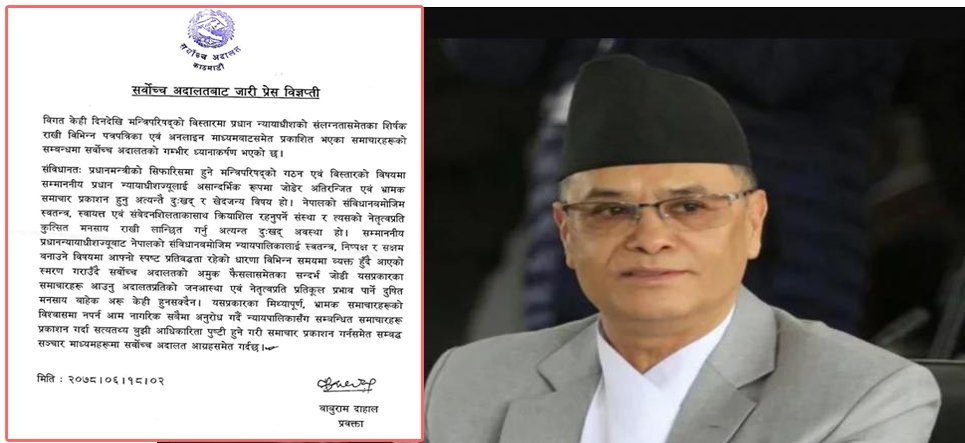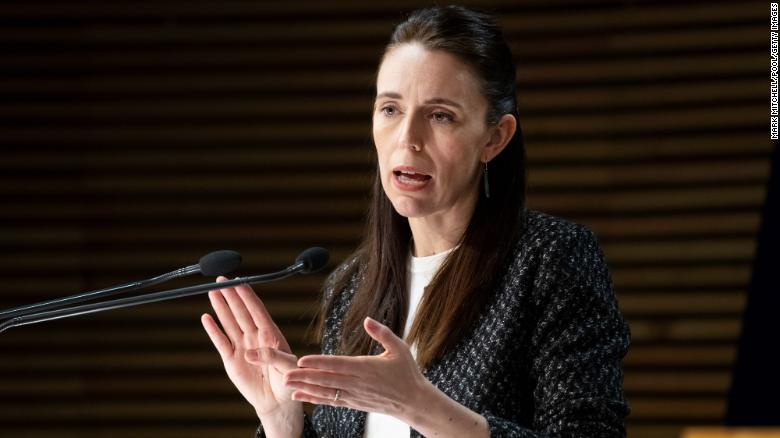Stock turns mercurial as liquidity tightens

By Ajay Chhetri, Kathmandu, Dec. 6: With tightening of the liquidity, the stock market has also dived deep in recent months.
According to Nepal Stock Exchange (NEPSE), the NEPSE index that was 3025.83 points on June 14 dived to 2513.87 points on December 5. From mid-June, the NEPSE index has been trailing through an uneven graph.
In the meantime, the liquidity in the bank and financial institutions (BFIs) also went down. Nepal Rastra Bank data showed that the excess liquidity that recorded Rs. 53.47 billion on August 3 has now slid down to Rs. 15 billion on Dec 1. Tightening liquidity is referred to as one of the aspects of volatility as the investors demanding more liquidity is selling the stocks. If sellers are more than buyers, share price or index plummets.
Margin lending cap besides liquidity has been the bone of contention. The monetary policy of 2021/22, has made provision in which an individual or institution can take margin loan against the collateral of share up Rs. 40 million from one financial institution and Rs. 120 million from the entire financial system.
Responding to the current volatility, Director of the Mero Lagani, Atit Lal Shrestha, said a reason for the current volatility is the tightening of the liquidity. He stated that the stocks purchased during the COVID-19 pandemic are now being sold and getting diverted in the business sector and another portfolio. He also added that cap of Rs. 40 million and Rs. 120 million should not be imposed.
However, NRB has explained that the cap is to motivate the small investors to share and also mobilize funds in the productive sector.
The spokesperson of NRB, Narayan Prasad Pokhrel, viewed that the existing cap in margin lending is to motivate the investors to divert funds in the productive sector. He also informed that there are more than 1600 investors who have taken loans against shares of more than Rs. 10 million, the aggregate amount equals Rs. 84 billion. This trend will concentrate all the stocks within a few individuals and also prevent funds from being invested in the productive sector.
Recent News

Do not make expressions casting dout on election: EC
14 Apr, 2022
CM Bhatta says may New Year 2079 BS inspire positive thinking
14 Apr, 2022
Three new cases, 44 recoveries in 24 hours
14 Apr, 2022
689 climbers of 84 teams so far acquire permits for climbing various peaks this spring season
14 Apr, 2022
How the rising cost of living crisis is impacting Nepal
14 Apr, 2022
US military confirms an interstellar meteor collided with Earth
14 Apr, 2022
Valneva Covid vaccine approved for use in UK
14 Apr, 2022
Chair Prachanda highlights need of unity among Maoist, Communist forces
14 Apr, 2022
Ranbir Kapoor and Alia Bhatt: Bollywood toasts star couple on wedding
14 Apr, 2022
President Bhandari confers decorations (Photo Feature)
14 Apr, 2022











